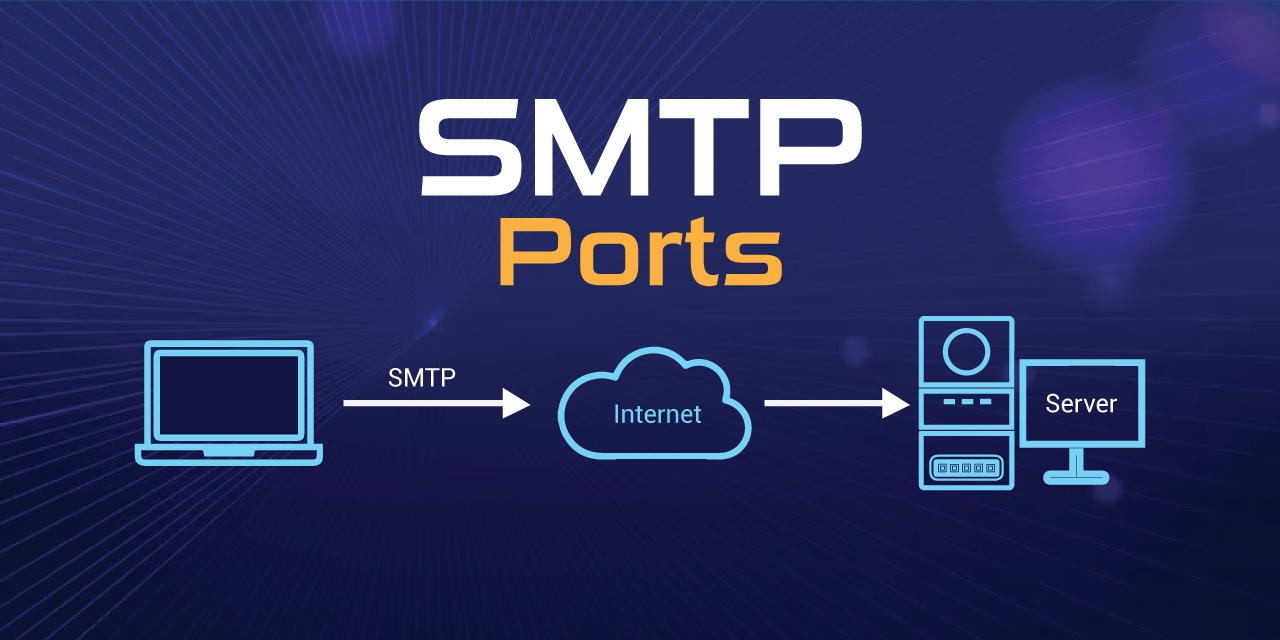
Email has gained immense popularity as a communication method due to its ubiquity, accessibility, and efficiency. It offers near-instantaneous delivery, enabling quick and convenient information exchange across different devices and platforms over the Internet. SMTP is the protocol used to send email messages.
What is SMTP?
SMTP was first proposed by Jon Postel in 1982 as part of the original suite of internet protocols for email communication. The first official specification for SMTP was published in 1982 as RFC 821 and outlined the basic principles and commands for sending emails. With the prosperity of the Internet, email usage increased dramatically and so did the problem of spam and email abuse. To mitigate email abuse problems, SMTP has been extended with various features and extensions. One important extension is the use of SMTP with encryption and authentication mechanisms, such as STARTTLS and SMTP AUTH, to enhance security during email transmission.
There are various email protocols, and SMTP has played a crucial role in the development of email communication on the Internet. It provides a reliable and standardized method for sending email messages, enabling interoperability between different email servers, and clients used by the end users.
What are available SMTP Ports?
The Internet Engineering Task Force (IETF) oversees and develops SMTP standards, while the Internet Assigned Numbers Authority (IANA) plays a role in the assignment of port numbers for SMTP. IANA is responsible for maintaining the Service Name and Transport Protocol Port Number Registry, which is a central repository for all assigned port numbers. The standard SMTP ports outlined by IANA are:
- Port 25: The port 25 is the default port for SMTP. It is used for unencrypted SMTP communication originally outlined by RFC 821. However, due to security concerns and spam-related issues, many ISPs and hosting providers block outbound connections on port 25. Today, port 25 is primarily used for SMTP relay only.
Email relay refers to the process of forwarding email messages from one mail server to another. It involves a mail server receiving an email message and then transmitting it to the appropriate destination server for delivery to the intended recipient(s). The relay server acts as an intermediary, relaying the email on behalf of the sender.
- Port 587: Port 587 is often used as an alternative to port 25 for SMTP communication. It is known as the submission port and is intended for email clients (e.g., Outlook, Thunderbird) to submit outgoing mail to a mail server. Port 587 is typically required to use authentication and encryption.
- Port 465: This port was previously used for SMTP over SSL/TLS (Secure Sockets Layer/Transport Layer Security) encryption. However, its use is now deprecated according to the standards, and port 587 with STARTTLS is recommended instead. Some legacy systems or non-standard setups may still use port 465.
- Port 2525: Port 2525 is not an official SMTP port as outlined by the IETF or IANA. However, it is popularly used as an alternative to port 587 as most ISPs do support 2525 for SMTP purposes. If your hosting provider blocks port 587, an alternative 2525 port can be used.
Apart from these standard ports, SMTP can be configured to use a custom port as well. Some organizations may choose a non-standard port number for SMTP to enhance security or due to specific requirements. In such cases, the chosen port number must be communicated to users who need to send emails through that server. It should be noted that port numbers can be changed or configured differently in specific environments, but the ports mentioned above are the widely recognized defaults for SMTP.
Conclusion
The standard ports assigned for SMTP (Simple Mail Transfer Protocol) communication are crucial for ensuring consistent and interoperable email delivery across the Internet. Port 25 is traditionally designated for unencrypted SMTP communication, while port 587 is assigned for SMTP communication using STARTTLS encryption.
Port 587 is recommended SMTP port for email servers due to several advantages. It allows for encrypted communication using STARTTLS, ensuring the security of sensitive information. It also requires client authentication, preventing unauthorized relay usage. Port 587 bypasses restrictions often imposed on port 25, improving email delivery reliability. It is widely supported and preconfigured in many email clients and servers, promoting compatibility. It also facilitates network management by separating SMTP Submission traffic from regular SMTP traffic, enabling tailored rules and filters.
Share this post
Leave a comment
All comments are moderated. Spammy and bot submitted comments are deleted. Please submit the comments that are helpful to others, and we'll approve your comments. A comment that includes outbound link will only be approved if the content is relevant to the topic, and has some value to our readers.




Comments (0)
No comment